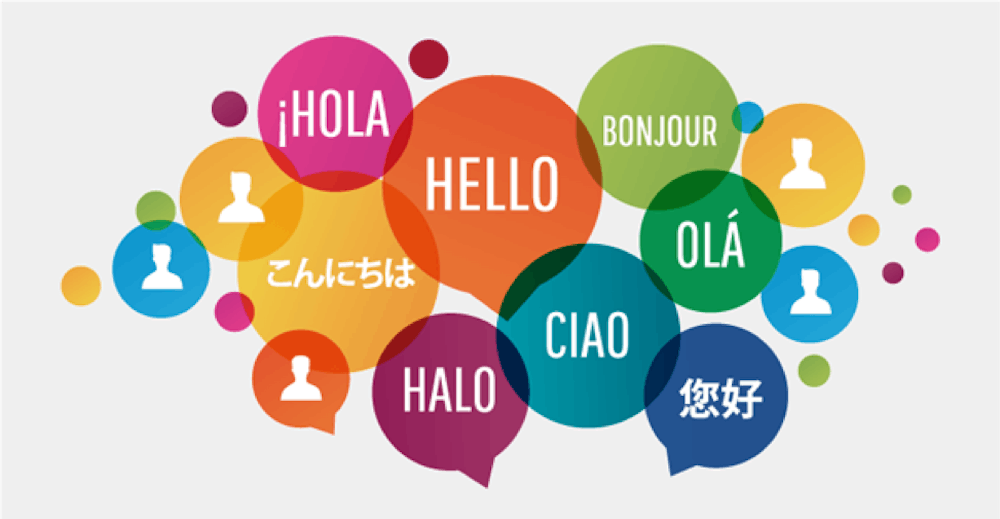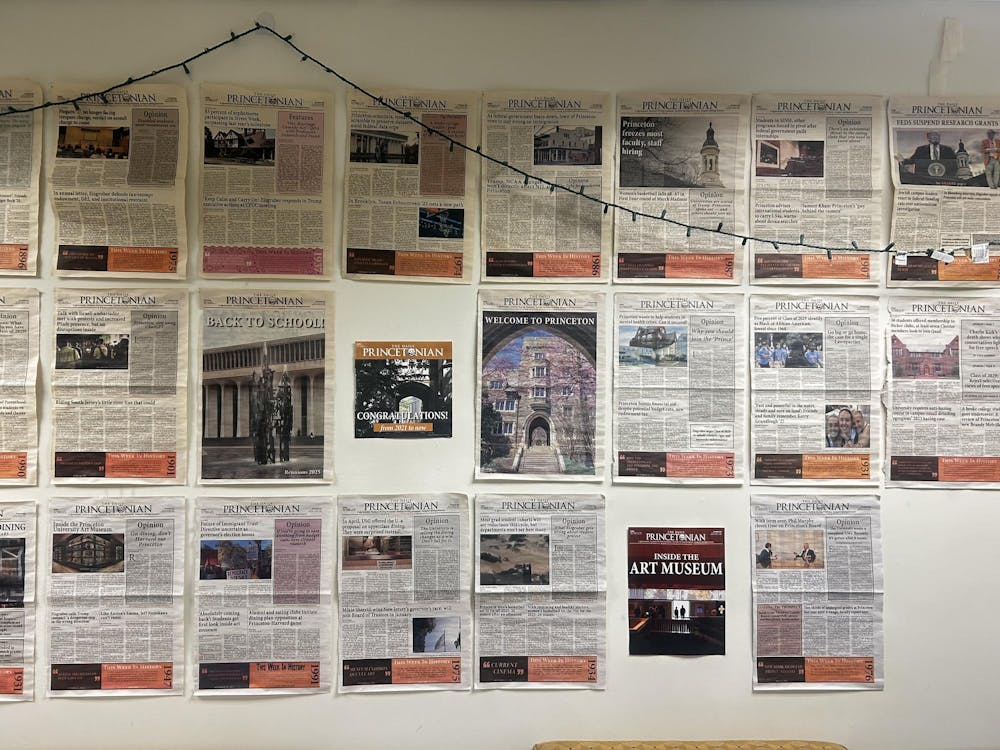Today we are combating the language barrier by “taking the bull by the horns!” Through tools like Google Translate and relatively accessible community college classes suited for beginners at the English language, there appears to be a “silver lining” to the language barrier that inhibits immigrants’ integration into the American culture.
Language is one of the most representative aspects of a culture; when we feel fully comfortable speaking a nation’s language, we are on a direct path to integration into the national community. It is no myth that merely understanding the vocabulary and grammar of a language poses one of the most challenging obstacles a non-native speaker immigrant must overcome. Also true, however, is the fact that language encompasses quips, references, memes, and other trends that pertain to the culture in which the language is immersed. Such references reveal the unique histories, icons, and values of a society. While we may think that fluency in a language is enough for a citizen to feel fully integrated in a community, the language of culture reveals otherwise. Therefore, perhaps grammatical fluency in a language is not the only indicator of a full understanding of the different ingredients that make a language. The recipe to integration is ever-growing with culture, and it is arguably ever-more difficult for immigrants and first-generation children to align completely with a culture.

My own story can serve as an example. Though I was born and raised in the United States, I largely connect with my Portuguese heritage through the culture in my home. What I know of Portuguese culture is through my parents’ teachings. Yet, I still struggle to feel like a citizen when I visit Portugal. Outside of my home, I connect with the larger American culture around me. What I know of this American culture is school-taught or self-sought through the Internet. However, some references and quips I hear in conversation, references to a culture in which I live, appear strangely foreign. At times, I am left at a crossroads between my semi-understandings of these two facets of my life. This is especially troubling in my day-to-day encounters in the United States. In feeling unaware of the meanings of quips or references and their implications for the culture, recent immigrants and their children may feel alienated in dialogue with a friend, or struggle to contribute to a national conversation. This demonstrates that the language of culture presents an inhibiting factor to immigrants’ full integration to the society in which they are immersed.
Our language is encoded in cultural lingo, and the immigrant is challenged to decode these ideas. Phrases like “taking the bull by the horns” may not be directly translated to a different language, and to a non-native speaker or first-generation child of immigrant parents, they contribute to an overall sentiment of alienation from the national culture. To help transcend the language barrier, we can utilize online language resources and watch videos, television, and other media outlets to familiarize ourselves with the surrounding culture. Additionally, dialogue with others will reveal patterns in language and common cultural references. Nonetheless, this reality reveals an important factor of language that we often overlook: Fluency in English may not encompass the entire American story told through language. We should consider the many factors that are at play in language when we talk with our peers. Even without an “accent,” they may be unaware of the cultural meaning behind the words you use and the stories you tell.
Sabrina Sequeira is a first-year from Springfield, N.J. She can be reached at sgs4@princeton.edu.







